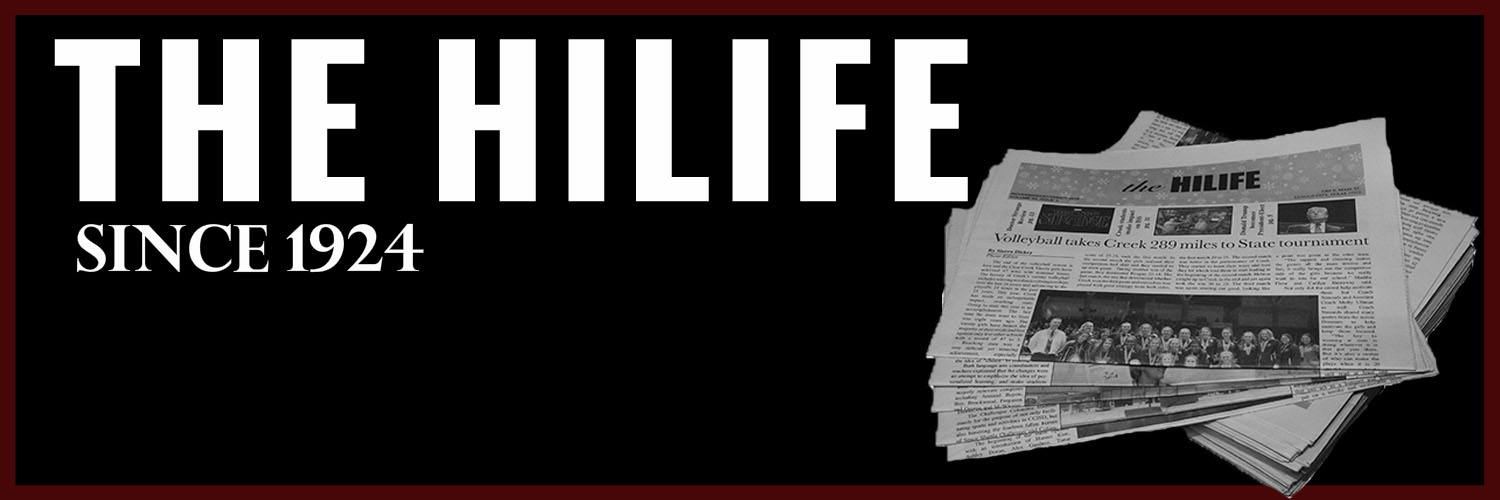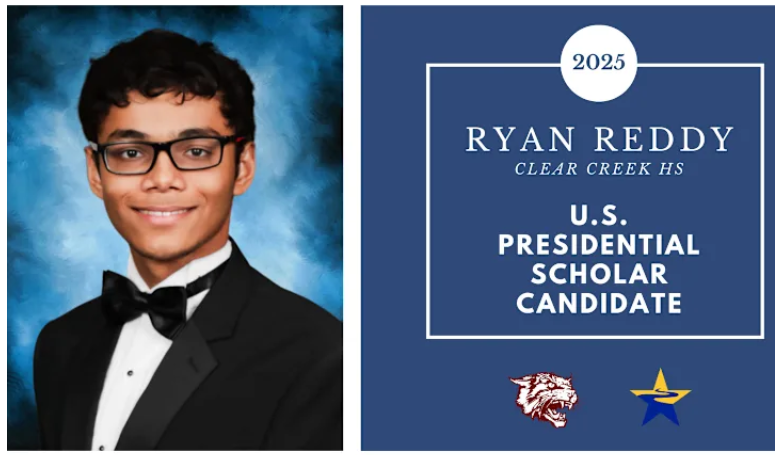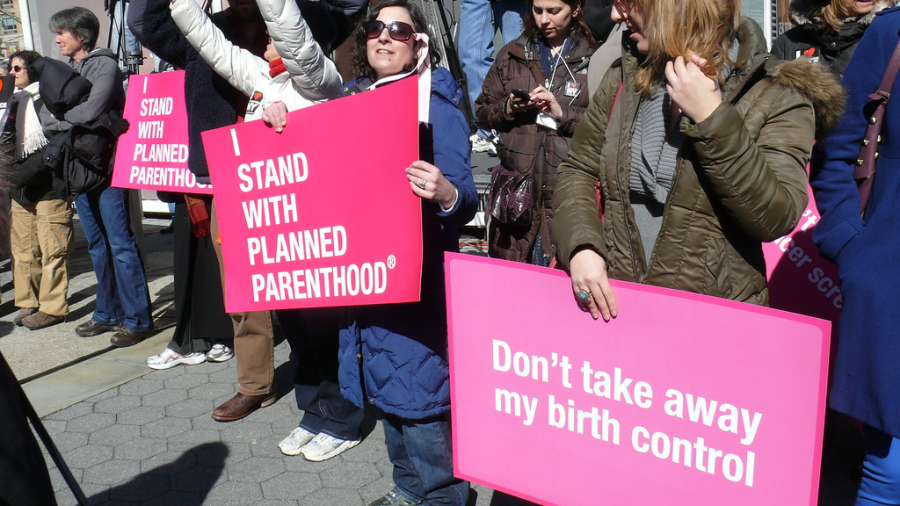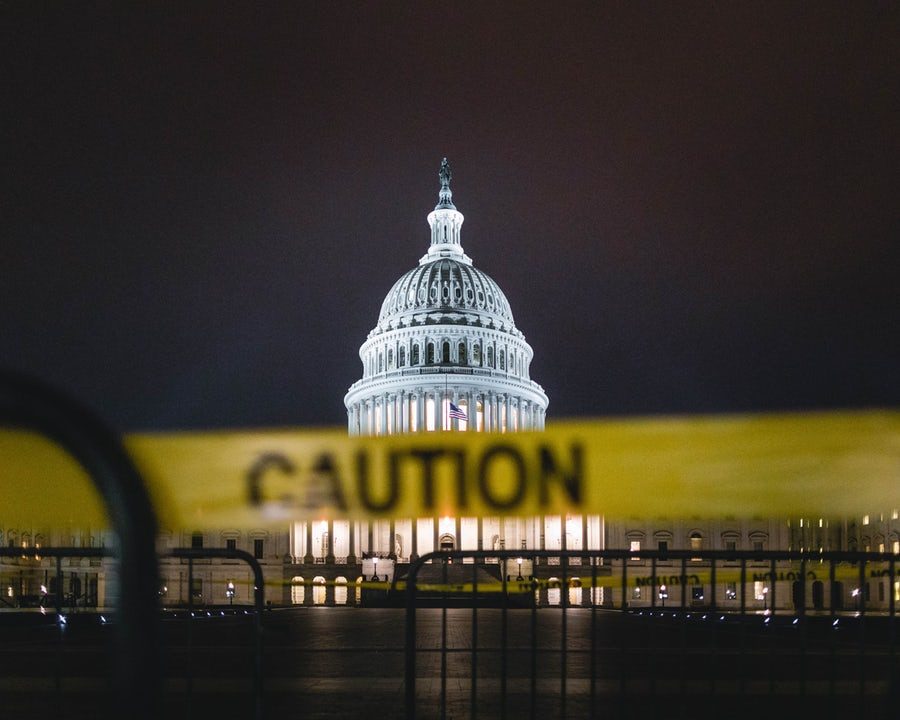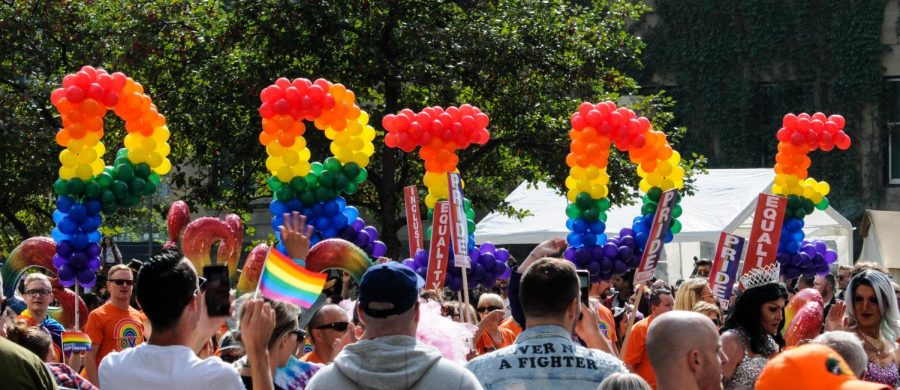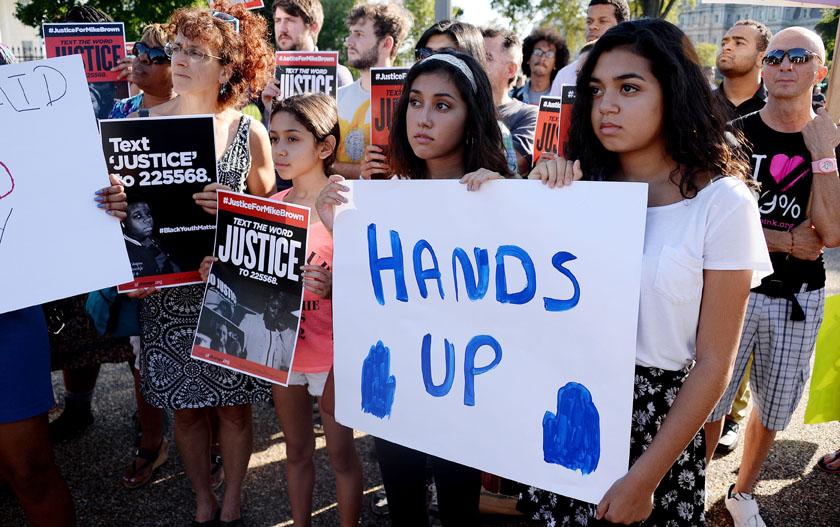Michael Brown shooting causes racial controversy
September 24, 2014
Perhaps the most controversial and debated case of the summer, the shooting of Michael Brown, has come to a standstill, with local juries unable to decide upon a conviction and protesters returning to a tentative peace.
18-year-old Brown was shot and killed by police officer Darren Wilson in Ferguson, Missouri on August 9, only a few days before Brown planned to begin his first year of college. Brown was unarmed. Not only does this incident raise questions about police brutality, but unfair racial profiling of suspects.
Brown was African American and lived in a working-class suburb, while Wilson is Caucasian. Thousands of protesters and supporters of Brown believe that race played a major role in Wilson’s decision to fatally shoot Brown. In contrast, supporters of Wilson claim race is irrelevant, and that Wilson had the right to shoot Brown.
There have been several heavily disputed eyewitness accounts of the shooting from various sources. However, some descriptions share facts in common.
Brown and his friend Dorian Johnson were walking in the street when Wilson, who was in a police car, stopped them for jaywalking. The stories part ways after that. Three different accounts claim that Wilson tried to pull Brown into his police car, but that Brown resisted and a shot was fired from inside the car. Then Brown began to run and was shot more than once. He then turned around with his hands up, and was shot several more times, until he died, 35 feet away from Wilson’s police car.
The account made by police chief Tom Jackson claims that Brown assaulted Wilson when the officer confronted Brown. Jackson also asserts that Brown tried to take Wilson’s gun, causing a shot to be fired from in the car. As Brown began to run, Wilson claims to have shot in order to prevent the offender from escaping. When Brown turned around, Wilson “feared for his life”, and so decided to fatally shoot Brown in self-defense.
“I don’t know if it’s true or not,” Missourian James Edwards said. “It makes no difference. He had facial wounds when he was hit. He was 100 percent right to shoot.”
Many believe that Wilson stopped Brown unreasonably, so he stated that in addition to the apparent crime of jaywalking, a robbery had just taken place at a nearby convenient store in which a pack of cigars was stolen. Wilson claims to have seen Brown holding a box of cigars and suspected they were stolen. However, Jackson confirmed that Wilson did not know of the robbery when he confronted Brown. To many, this seems like a case of racial profiling, because Wilson simply assumed Brown’s cigars were stolen.
“In spite of those who’ve tried to make this about what happened in the store, that these are criminals and thugs, these were unarmed men running away from a police officer,” lawyer James Williams said. “You don’t get to shoot them down. It doesn’t justify killing an unarmed person.”
Whether or not Wilson profiled Brown, it is clear that African Americans in Ferguson are grossly underrepresented, making racial profiling of Blacks more likely to occur there. Although the population of Ferguson is 67 percent Black, the police force is little more than 5 percent Black.
The big question posed by this case is whether Wilson is justified in his decision to shoot Brown. According to the Supreme Court case Tennessee v. Garner, an officer is allowed to use deadly force when a felon is trying to flee or poses a deadly threat to others. Ferguson police agree that Wilson’s life was in danger. However, Brown was unarmed, making him less of a threat than Wilson claims.
Wilson is currently on paid administrative leave. 12 members of the local grand jury will decide if Wilson is justified in the shooting.
